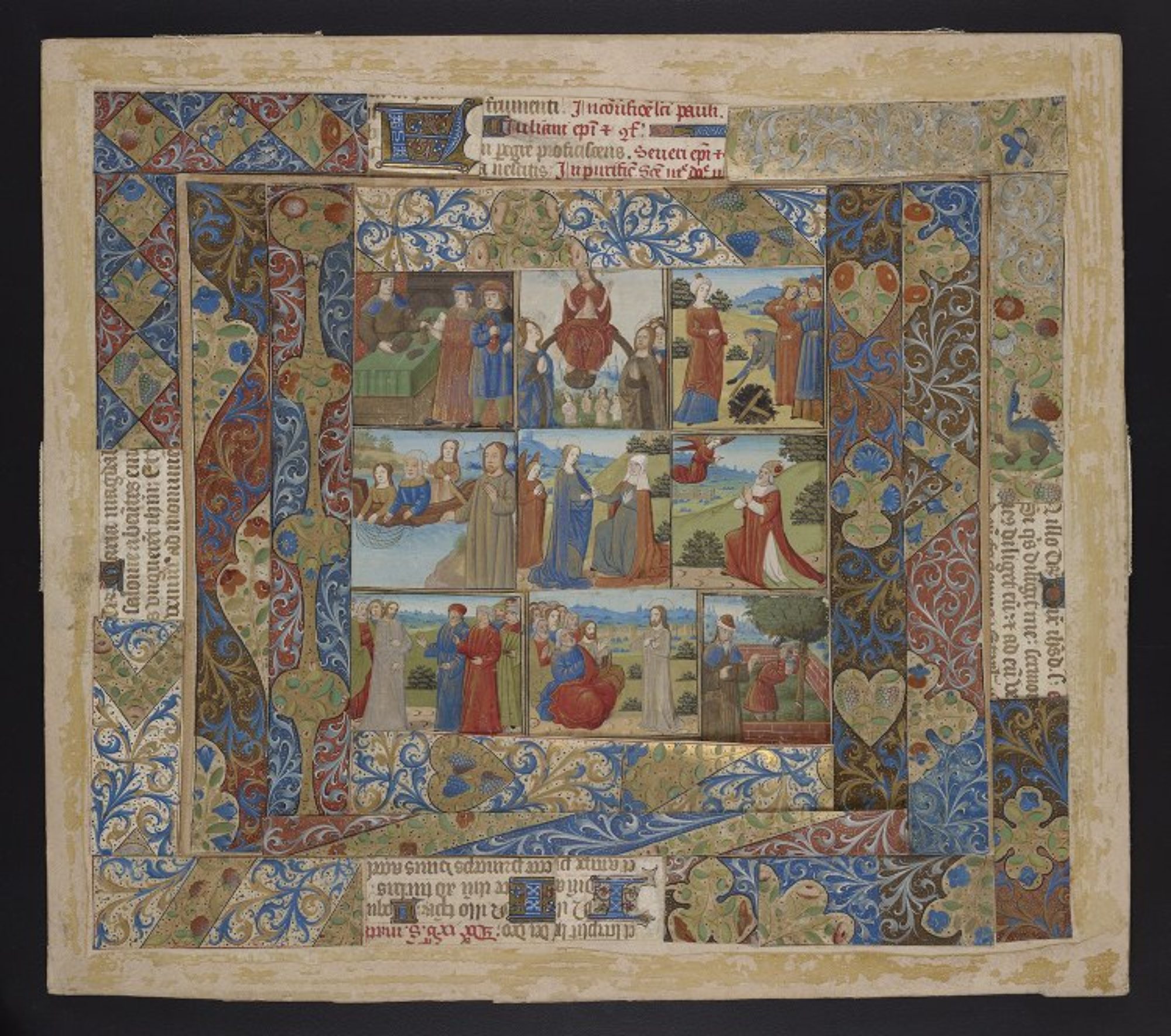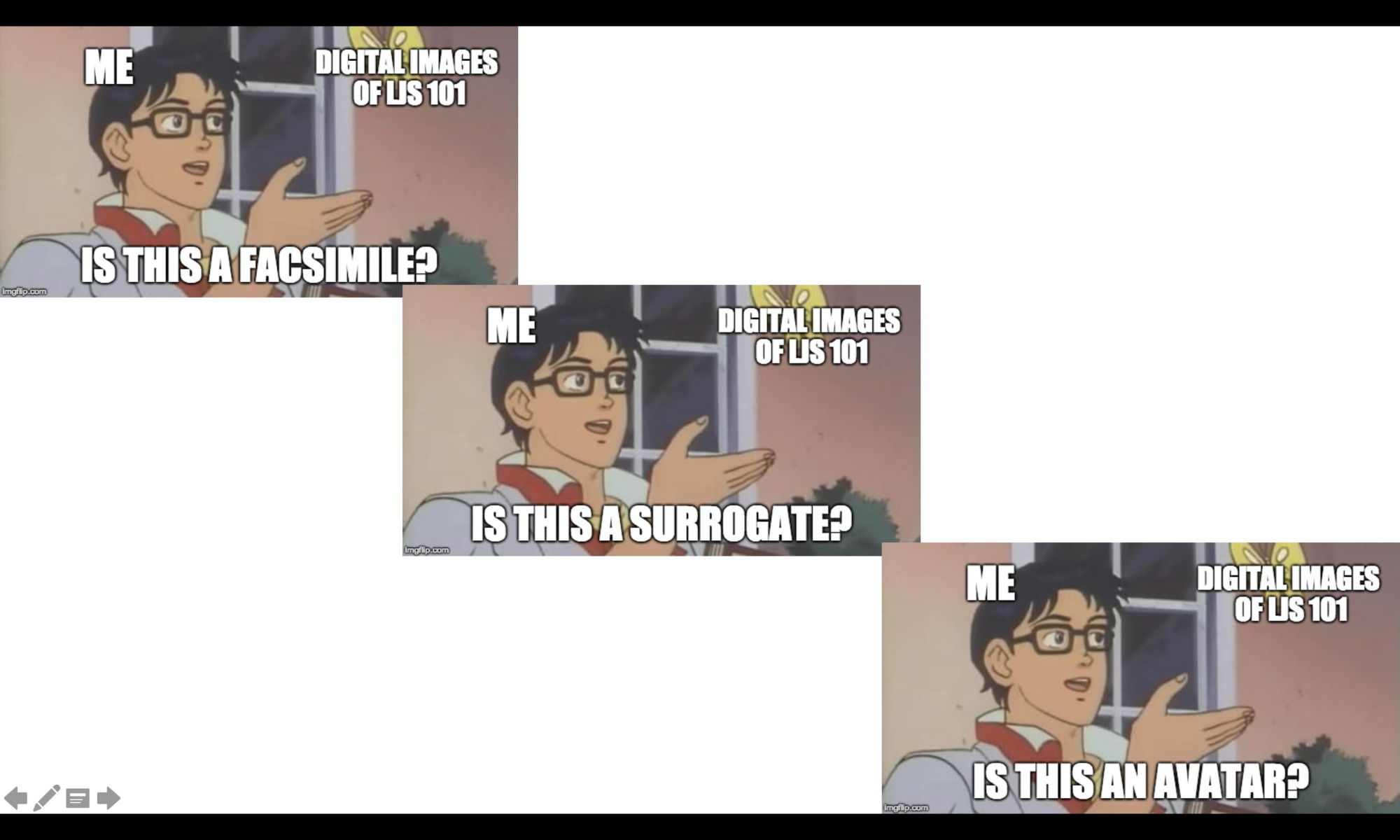This is a version of a paper I presented at the International Medieval Congress at Leeds on July 3, 2018, in the session “The Origins, Effects, and Memory of Caroline Minuscule, II” sponsored by the Network for the Study of Caroline Minuscule.
Continue reading “Reading and Writing Philadelphia, University of Pennsylvania LJS 101, c. 850–1100”Is This Your Book? What we call digitized manuscripts and why it matters
This is a version of a paper I presented as a Rare Book School Lecture at the University of Pennsylvania in Philadelphia on June 12, 2018, originally entitled “Is this your book? What digitization does to manuscripts and what we can do about it.”
Continue reading “Is This Your Book? What we call digitized manuscripts and why it matters”

